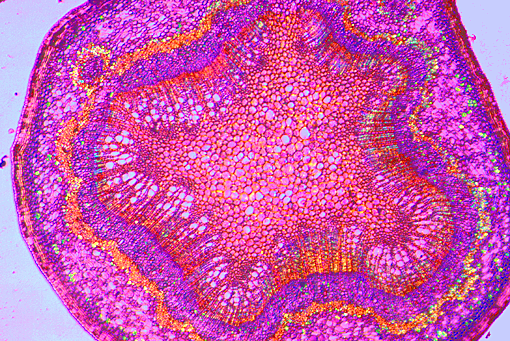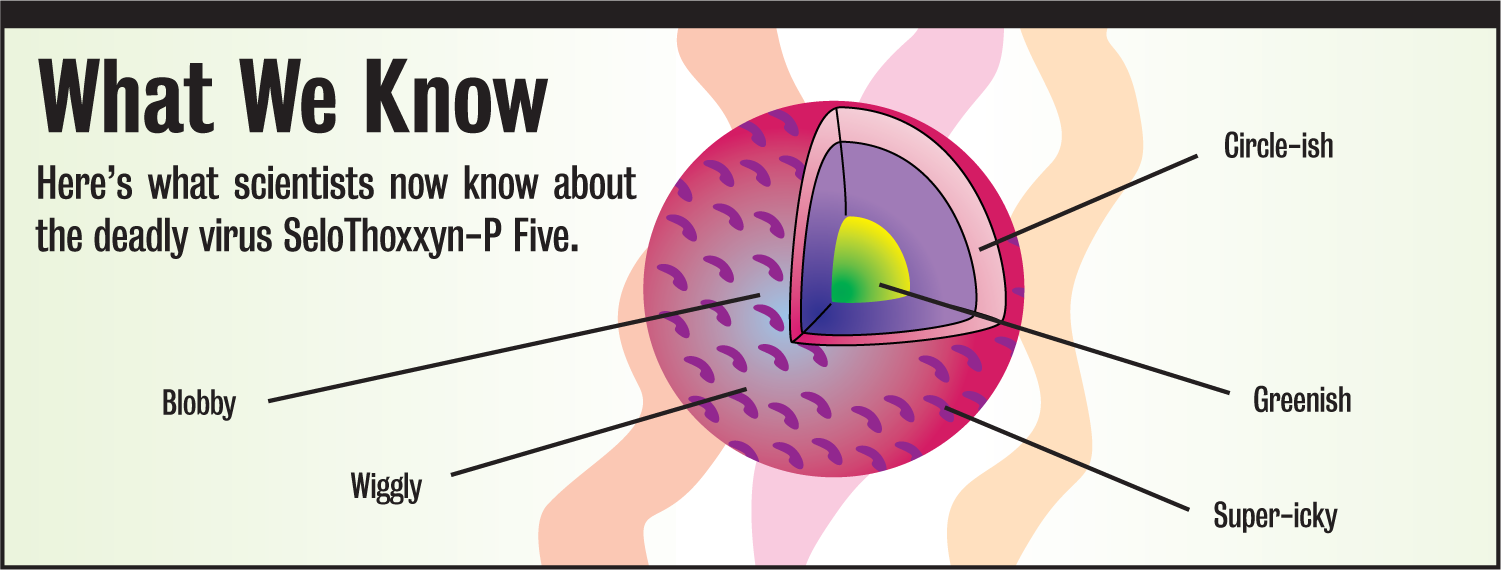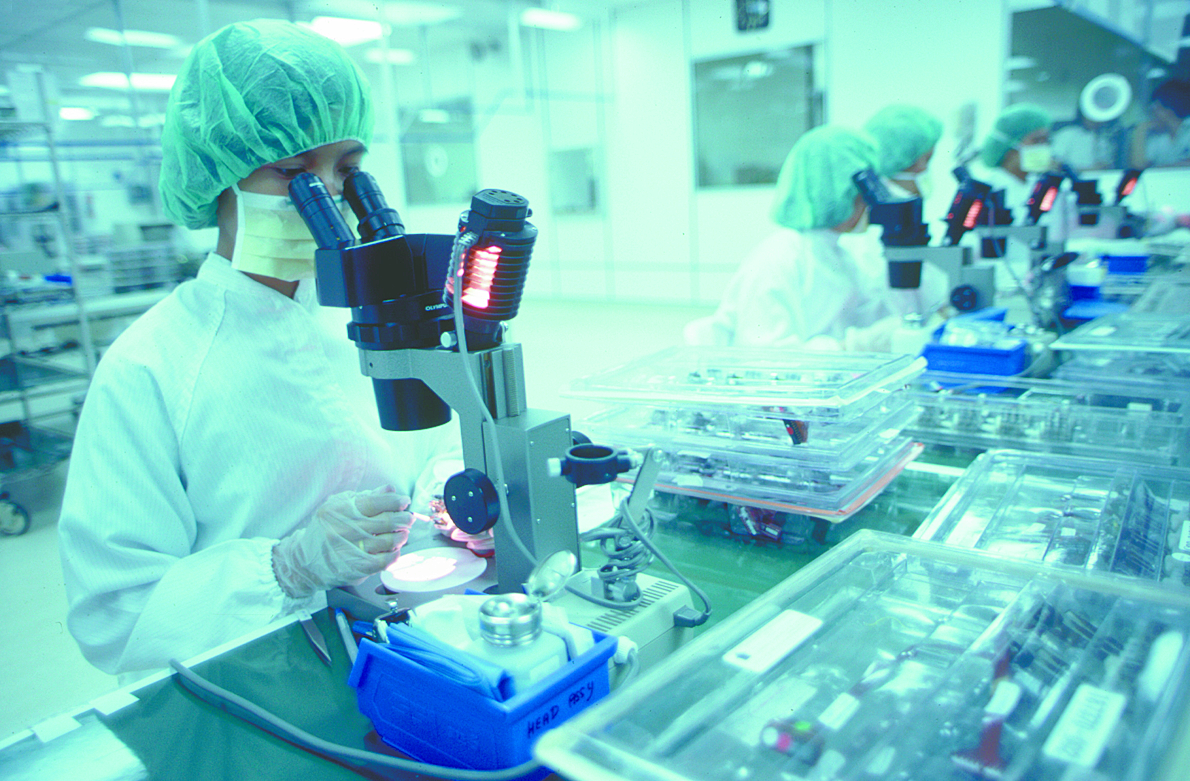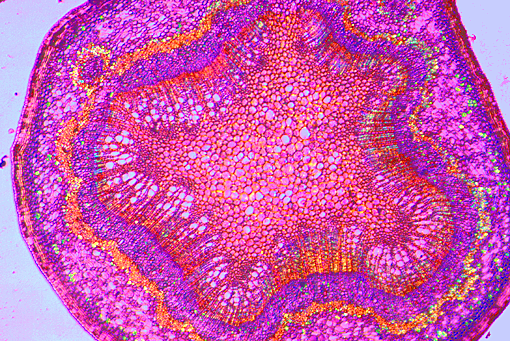Scientists and doctors at Princeton’s Institute for Advanced Studies, working around the clock in pursuit of a cure for the mysterious new “SeloThoxxyn-P Five” virus, yesterday announced the stunning discovery that the virus is “real squiggly.” The news comes as a surprise to many medical observers who had previously known only that it was “circle-ish” and “red with purple spots.”

The virus kills humans over a three-day period by causing intense swelling of the neck, tremendous pressure buildup and eventual explosive decapitation, rocketing the severed head distances of up to 50 feet at speeds measured at 95 miles per hour.
Though the virus, which can only be transmitted when the human head is inserted in the colon of a black bear, is a top medical priority, yesterday’s squiggliness discovery marks the first breakthrough in the search for a cure.
“Now that we have a clearly defined picture of the virus’s squiggly nature, we are in a better position to assess and measure its other characteristics, such as its wiggliness and how blobby it is,” Dr. Andover Phlebehausen, Chief Medical Researcher in charge of the team, told reporters.

Phlebehausen noted that not only is the virus squiggly, but it is also 73% more squiggly than the microorganic squiggliness average, approaching levels of squiggliness previously thought to exist only in such extra-squiggly things as jellyfish and Gummi Worm™ candy products. The virus has thus been classified not just as squiggly, but what scientists call “real squiggly.”
“We know that it is squiggly,” the Institute’s report states. “But there is still much to be learned: Is it sticky? Smooshy? How yucko is it? Does it go ‘blurp’ and, if not, why? If you put salt on it, what happens? If you had two of the viruses in a jar, and you shook the jar, would they fight? We may never know the answers to these questions.”
Despite the $10 billion poured into ST-p5, or “Neck Bomb” as it is commonly known, since mid-December, authorities stress that more funding is needed if the search for a cure is to continue. “We’re very proud of our findings,” Phlebehausen said. “But we simply cannot do more without an additional, oh, say, $200 billion.”

Johns Hopkins’s Dr. Jergens Heuyk-Haak agreed. “Mi-croscopes and those little glass slidey things that go under them are expensive, finely tuned instruments that need to be thrown away and replaced after each use to ensure proper freshness. Then there’s the matter of the astronomical fees required to hire experts like myself.”
Sen. Harlan Stenstrom (R-PA), an outspoken critic of government funding for non-military pursuits, expressed his dissatisfaction with the report.
“I may not be a rocket scientist, but what I’m seeing in this picture is certainly not anything I’d call ‘squiggly.’ The blob is much more, I would say, ‘squishy’ than ‘squiggly,’ yet this 12,000- page report makes no reference to the squishiness of the virus.”
Stenstrom, whose wife’s head blew off last week during a Congressional golf outing, is widely rumored to have the virus himself, and may soon opt for suicide, according to an anonymous spokesperson.







